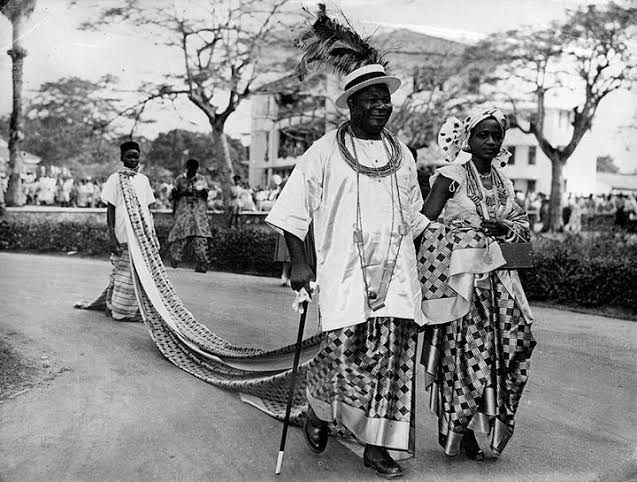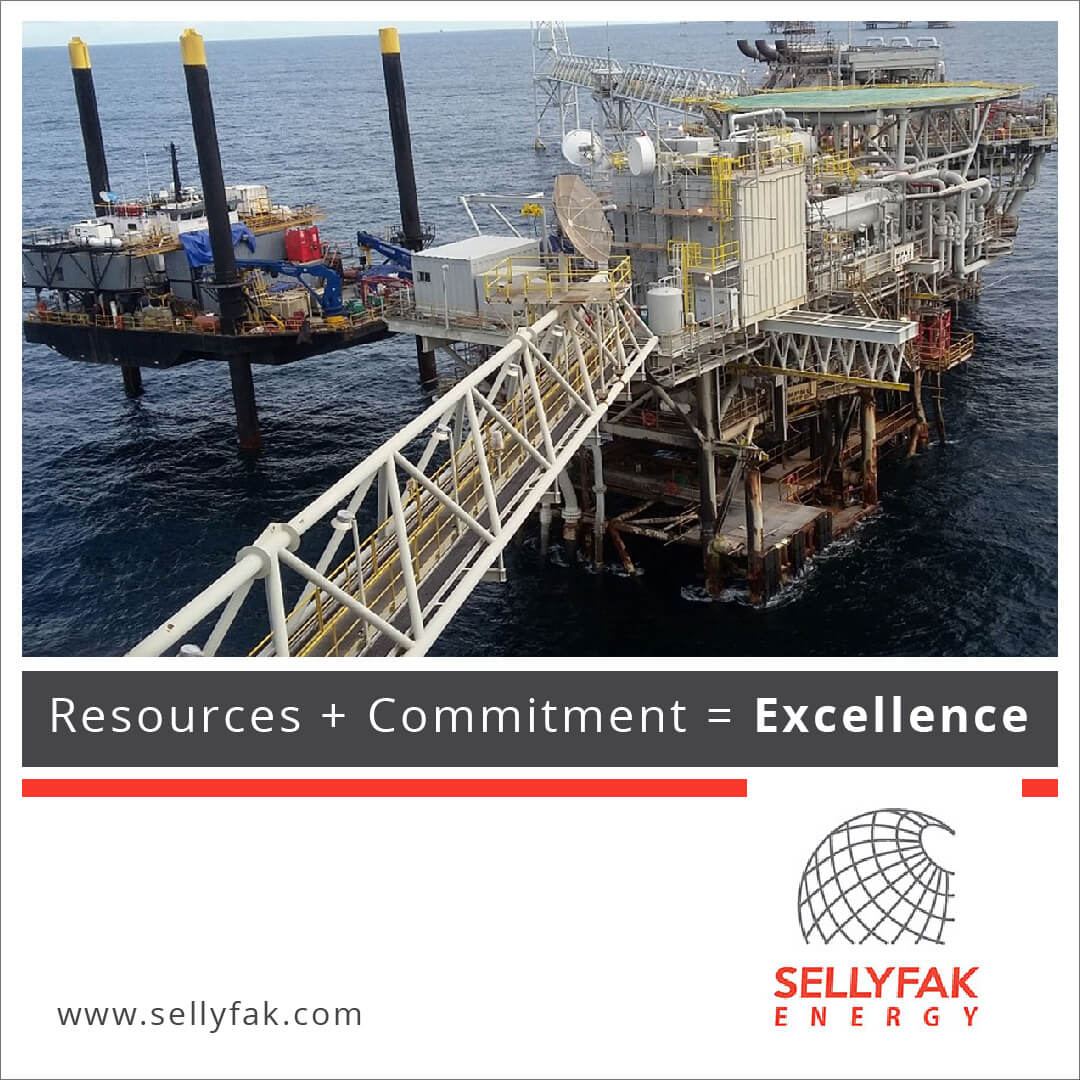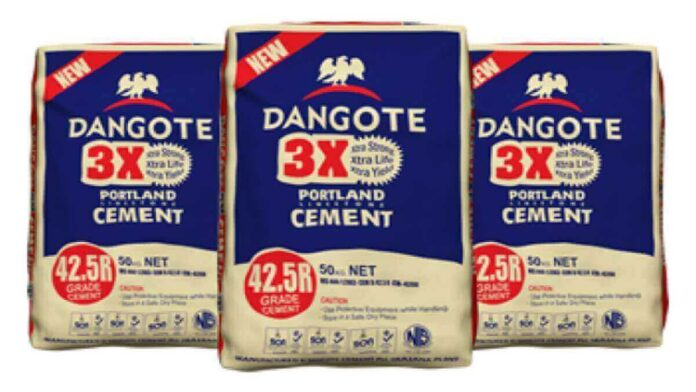Nigeria’s upstream oil sector received a jolt of positivity as the Nigerian Upstream Petroleum Regulatory Commission (NUPRC) announced a staggering 762.5% increase in rig count over four years.
The active rig fleet swelled from 8 rigs in 2021 to 69 rigs as of October 2025, comprising 40 active rigs, 8 on standby, 5 on warm stack, 4 on cold stack, and 12 in transit or “on the move”.
This sharp rise underscores what the regulator calls “renewed investor interest” in Nigeria’s oil and gas industry.
NUPRC framed the rig-count surge as feature evidence that Nigeria’s upstream environment is now “open for business.”
The regulator tied the improvement to reforms under the Petroleum Industry Act (PIA), 2021, which it says has restored investor confidence, curtailed entrenched inefficiencies, and created clearer rules of the game.
Key among these reforms: digital licensing rounds aimed at transparency, and a “Drill or Drop” policy that forces dormant field operators to act or relinquish acreage.
On the revenue front, NUPRC claims consistently strong performance. It says it beat government collection targets in 2022 by 18.3%, 2023 by 14.65%, and 2024 by 84.2%. Between 2024 and 2025, the commission approved 79 Field Development Plans (FDPs) with potential investments totaling $39.98 billion (split $20.55 billion in 2024, $19.43 billion year-to-date 2025). These FDP approvals are posited to unlock capital into exploration and development projects across Nigeria’s upstream sector.
NUPRC reports that crude oil production now averages 1.65 million barrels per day (Mbopd). The commission further outlined an initiative dubbed Project 1Mbopd, aiming to lift output to 2.5 Mbopd by 2027, riding on momentum from the regulatory reforms and added rig capacity. Achieving that target would mark a sizable leap in Nigeria’s contribution to global oil supply.
The commission highlighted the “Drill or Drop” policy as a pivotal intervention: it forced idle operators to relinquish or exploit 400 dormant fields, thus unlocking latent reserves.
NUPRC also spotlighted the digitalisation of licensing rounds, which it claims eliminated political influence, ensured transparent adjudication, and earned validation from the Nigeria Extractive Industries Transparency Initiative.
According to the statement, NUPRC has issued 24 forward-thinking regulations, with 19 gazetted already, that serve to institutionalize best practices and investor certainty. The regulator further approved billion-dollar divestment deals involving majors such as Shell, Mobil, and Equinor.
Beyond metrics of rigs and production, NUPRC says it has overseen the remittance of ₦358.67 billion into Host Community Development Trusts, funding 536 projects across schools, healthcare, roads, and vocational centers.
On the security front, it claims crude oil theft dropped by 90%, from 102,900 barrels per day in 2021 to 9,600 bpd in September 2025, aided by stricter hydrocarbon measurement regulations and coordinated military-private security operations.
The commission also reported awarding gas flare sites under its Gas Flare Commercialisation Programme, targeting $2.5 billion in new investment to curb flaring and push Nigeria toward cleaner gas infrastructure.
NUPRC says it has taken a leadership role beyond Nigeria by founding the African Petroleum Regulators Forum, now uniting 16 African countries to harmonize upstream policies and bolster continental voice in energy governance.
Under leadership of Engr. Gbenga Komolafe, the commission frames itself as a stabilizing force capable of cross-border infrastructure coordination and benchmark setting in fiscal and regulatory regimes.
The four-year scorecard is robust, but the horizon is not without headwinds. Meeting the ambitious 2.5 Mbopd by 2027 benchmark will require sustained capital inflows, operating efficiency, security, and global oil demand tailwinds.
Slippages in any of those, commodity price shocks, local resistance, regulatory backsliding, could erode investor confidence. Also, the translation from rig count to commercially viable production is nontrivial: rigs in transit or cold stack do not immediately produce.
NUPRC’s reported 762% rig count surge, coupled with strong revenue performance and policy innovations, presents a confident narrative: Nigeria’s upstream oil and gas sector is reawakening.
The reforms under PIA, digital licensing, and disciplined oversight have given impetus, but execution now becomes the crucible.
The next two years will test whether projected production gains, capital flows, and institutional trust can be consolidated, and whether Nigeria can truly deliver on its new upstream promise.























